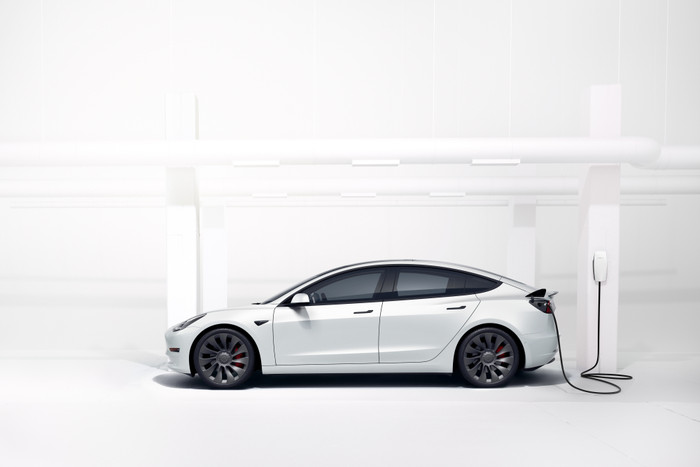
To talk about the Tesla Model 3 is to talk about the most popular electric vehicle on planet Earth. It may not be the most polarizing—that descriptor belongs to the Cybertruck—but it is far and away the most popular.
The Tesla Model 3 was first introduced by Elon Musk in 2006. At that time, Musk was still Tesla’s chairman and product architect. The Model 3 was also being referred to under the codename “BlueStar.”
Read more: Tesla Model S vs Tesla Model 3: Family rivalry
A lot of time has passed since then, and, today, the Model 3 is Tesla’s most purchased car. It starts at $44,990 for the base “Standard Range Plus” variant. Then there are the two other models: the “Long Range,” which starts at $50,990, and the “Performance,” which begins at $58,990.
All three of them are built upon Tesla’s third-generation platform.
The design language of the Tesla Model 3 is quite unique, and takes obvious cues from the Model S. According to Tesla’s lead designer Franz von Holzhausen, the Tesla Model 3 was “based on the idea of minimalism, that less is more.”
The Audi A4 and BMW 3 Series have both been quoted as cars belonging to the same size class.
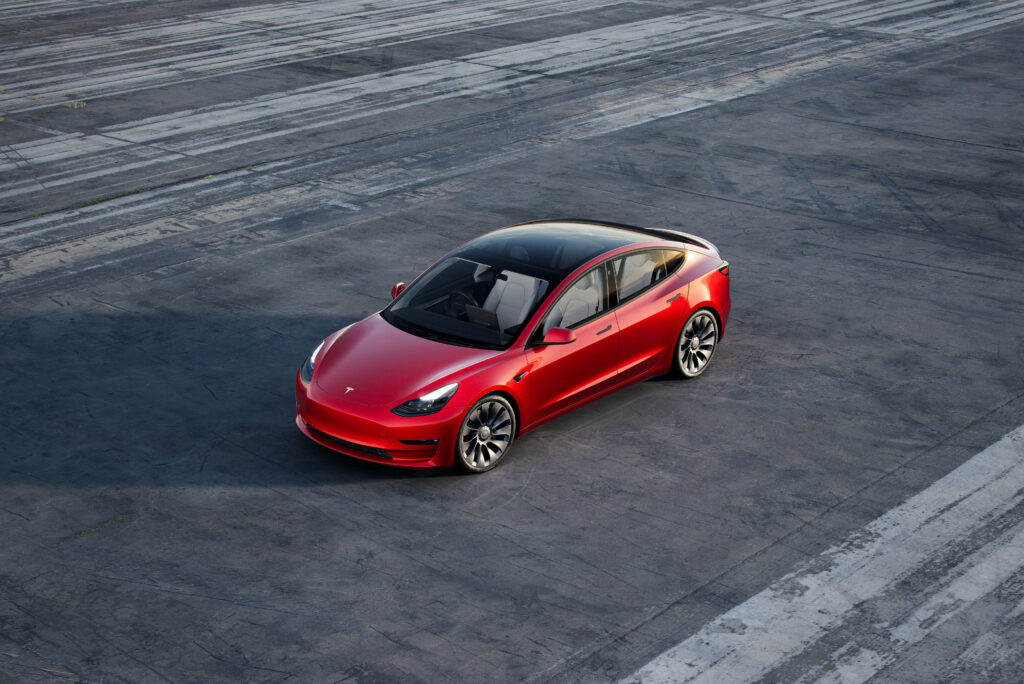
There have only been minor design adjustments to the Model 3 since it first launched. The most noteworthy changes occurred in 2020, when it received updated interior and exterior trimming.
This all leads to a single burning question: is a Tesla Model 3 worth buying?
Table of Contents
What is the difference between the Tesla Model 3’s three models?
Let’s start with the $44,990 “Standard Range Plus.”
Tesla’s lowest-costing option has a single-motor rear-wheel drive powertrain. This version outputs 283 horsepower and generates a peak 330 pound-feet of torque. This is all powered by a 53.6kWh battery pack.
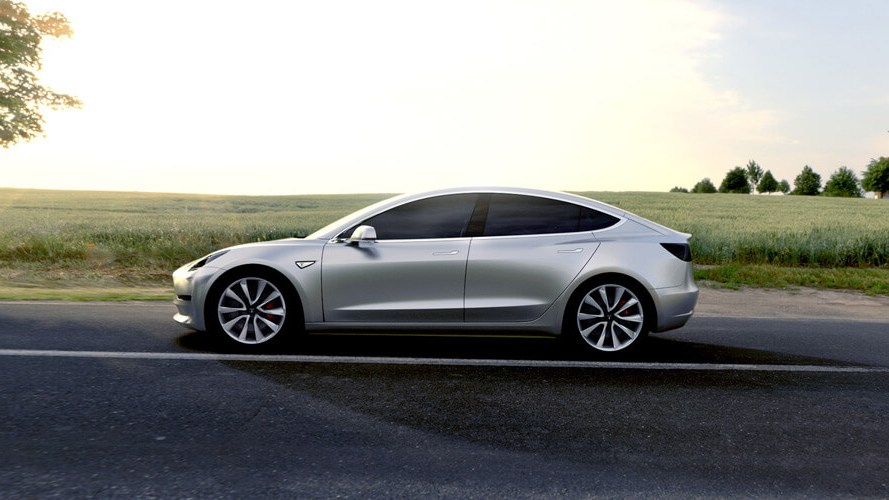
Next up, we have the $50,990 “Long Range.”
The Tesla Model 3 Long Range is built on a dual-motor all-wheel drive powertrain. It outputs 346 horsepower and can create 376 pound-feet of torque. The Long Range is powered by an 82kWh battery pack.
Read more: Tesla’s market cap surpasses $1 trillion for the first time
Finally, there is the high-end $58,990 “Performance.”
The Performance utilizes the same dual-motor all-wheel drive powertrain as the Long Range. This one, however, outputs 450 horsepower and can generate 471 pound-feet of torque. The Performance, like the Long Range, is powered by an 82kWh battery pack.
All three versions come with Autopilot.
How safe is a Tesla Model 3?
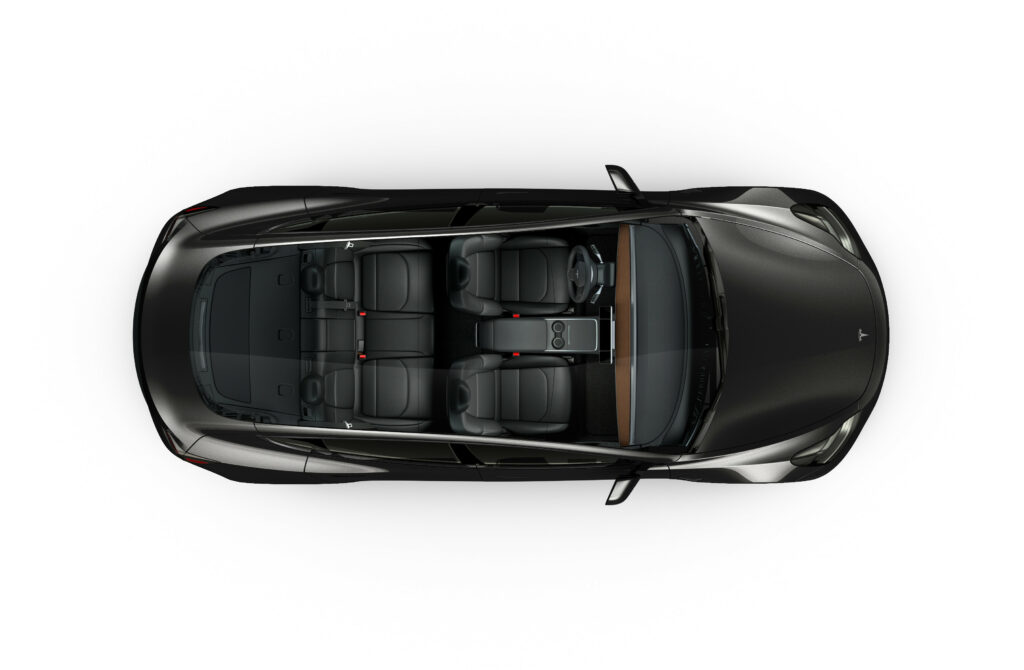
The Tesla Model 3 has been heralded as one of the safest cars ever built, receiving a “2021 Top Safety Pick+” award from the Insurance Institute for Highway Safety.
If you weren’t familiar with the chassis design of the Tesla Model 3, it features no engine in the front bay. Instead, it has a front trunk, or “frunk.”
Because the Tesla Model 3 doesn’t feature a front-mounted engine, the empty frunk area will crumple away first in a head-on collision. Shock is subsequently drawn away from those within the vehicle.
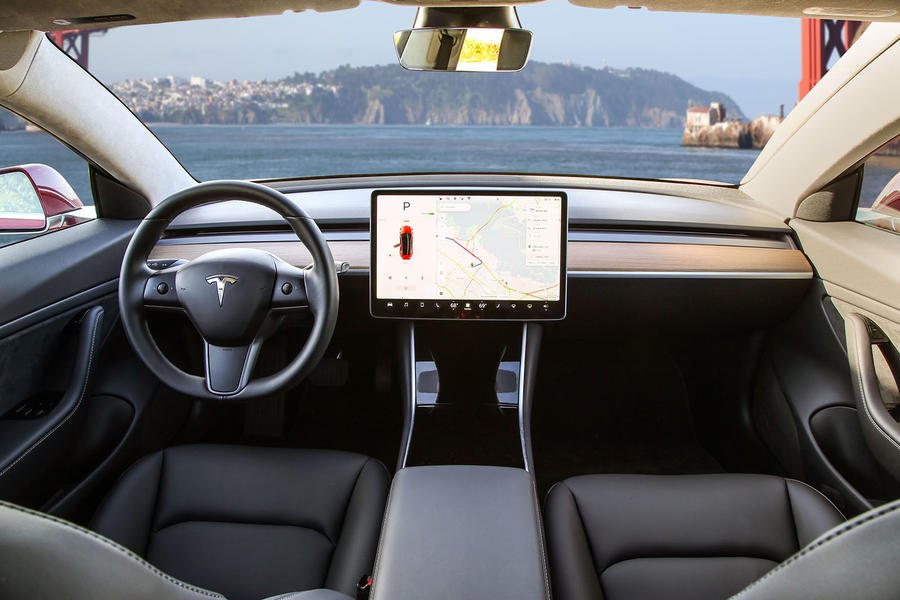
The Model 3 features outstanding frame structure, and the car’s roof can withstand over 20,000 pounds of force.
Additionally, because of the way the powertrain is designed, the heavy floor-mounted battery system lowers the car’s overall center of gravity. As a result, the Model 3 is much, much harder to flip over.
The Model 3 is equipped with a wide variety of driver-assist systems, all of which are purposed to keep passengers safe from accidents.
What is the range of a Tesla Model 3?
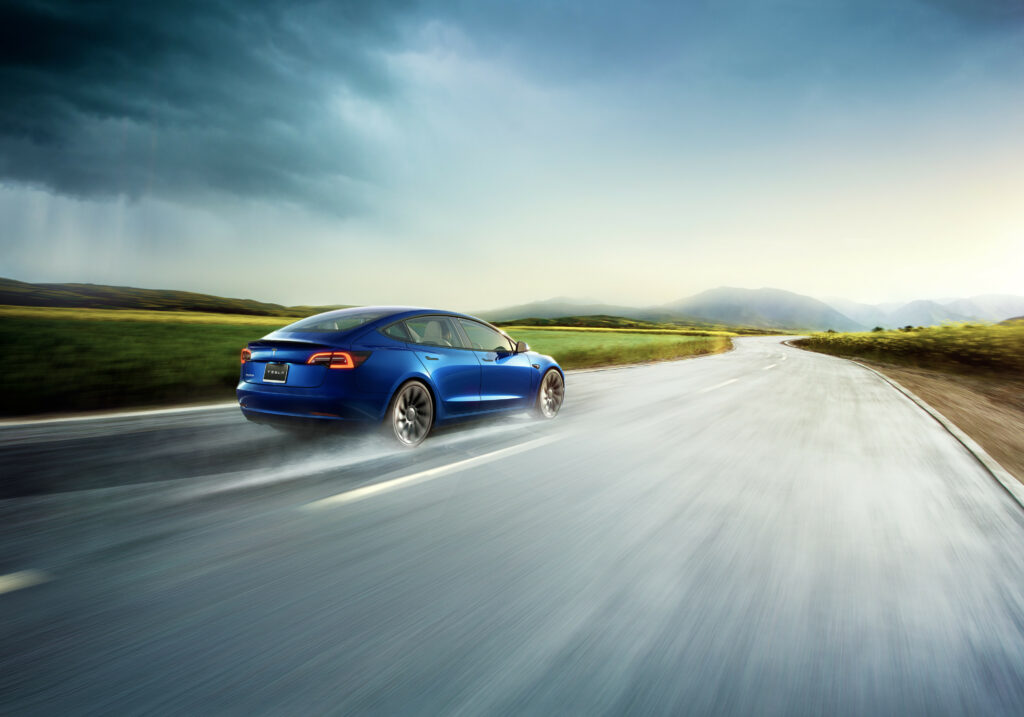
Thanks to its 53.6kWh battery, the Standard Range Plus achieves an EPA-estimated 262 miles of range. This is, as its name implies, pretty standard for an electric vehicle.
The Long Range has a larger 82kWh battery pack. As a result, it can achieve an EPA-estimated 353 miles of range.
Finally, there’s the Performance, which houses the same 82kWh battery as the Long Range. The Performance can only achieve an EPA-estimated 315 miles of range; however, it does go faster.
How fast is a Tesla Model 3?

Let’s talk speed.
The Standard Range Plus version of the Model 3 has a top speed of 140 miles per hour, and can go from 0-60 in 5.3 seconds.
Next up, the Long Range has a top speed of 145 miles per hour, and can go from 0-60 in 4.2 seconds. In ‘Sport Mode,’ this becomes 3.9 seconds.
Lastly, the Performance has a top speed of 162 miles per hour, and can go from 0-60 in 3.1 seconds.
How energy efficient is a Tesla Model 3?

Energy efficiency is measured in MPGe, or “miles per gallon gasoline equivalent.” This is a measurement of the average distance traveled per unit of energy consumed.
The Standard Range Plus variant gets 150 MPGe in the city and 133 MPGe on the highway. The resulting average is 142 MPGe.
The Long Range gets 141 MPGe in the city and 127 MPGe on the highway. The resulting average is 134 MPGe.
The Performance gets 118 MPGe in the city and 107 MPGe on the highway. The resulting average is 113 MPGe.
How long does it take to charge a Tesla Model 3?
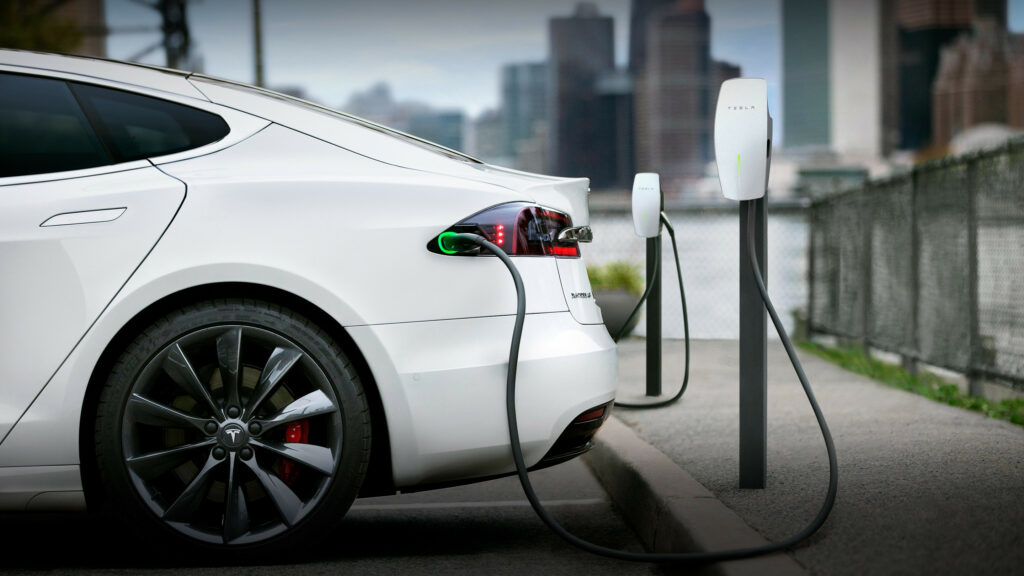
Charging times are incredibly important for an electric vehicle, especially considering the potentially lengthy wait times to access a Tesla Supercharger in some locations. How long it takes to go from empty to a full charge will vary based on the kind of charger used.
The Standard Range Plus comes with a 7.7kW onboard charger, which is lower than the rest of Tesla’s vehicles. It also only supports 170kW Supercharging.
The Long Range and Performance are both equipped with 11.5kW onboard chargers. Both also support 250kW Supercharging.
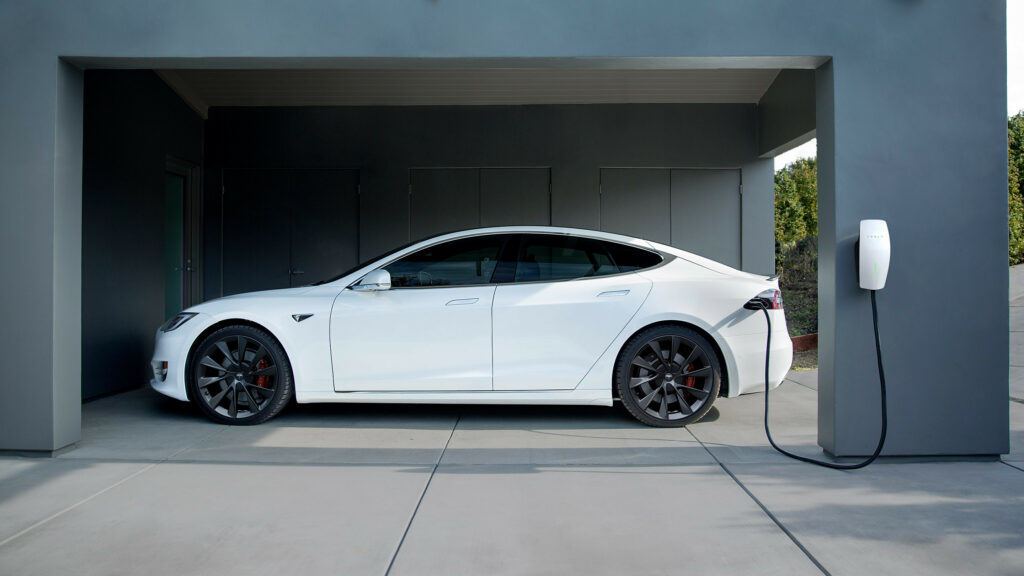
Using a Supercharger, a Tesla Model 3 can charge from 10 to 80% in under 30 minutes.
An at-home Level 1 AC charger can stretch those charging times to upwards of 20 to 40 hours.
If you use a Level 2 AC charger, the Model 3 will charge faster, but may still take upwards of 8 to 12 hours.
In a test conducted by InsideEVs, they found that their Long Range was able to Supercharge to 80% in 32 minutes. It subsequently took them an additional 31 minutes to reach a full charge.
Read more: Pilot program for opening Tesla Superchargers to other EVs has begun
It’s safe to say you can expect varied results.
How long will a Tesla Model 3 last?
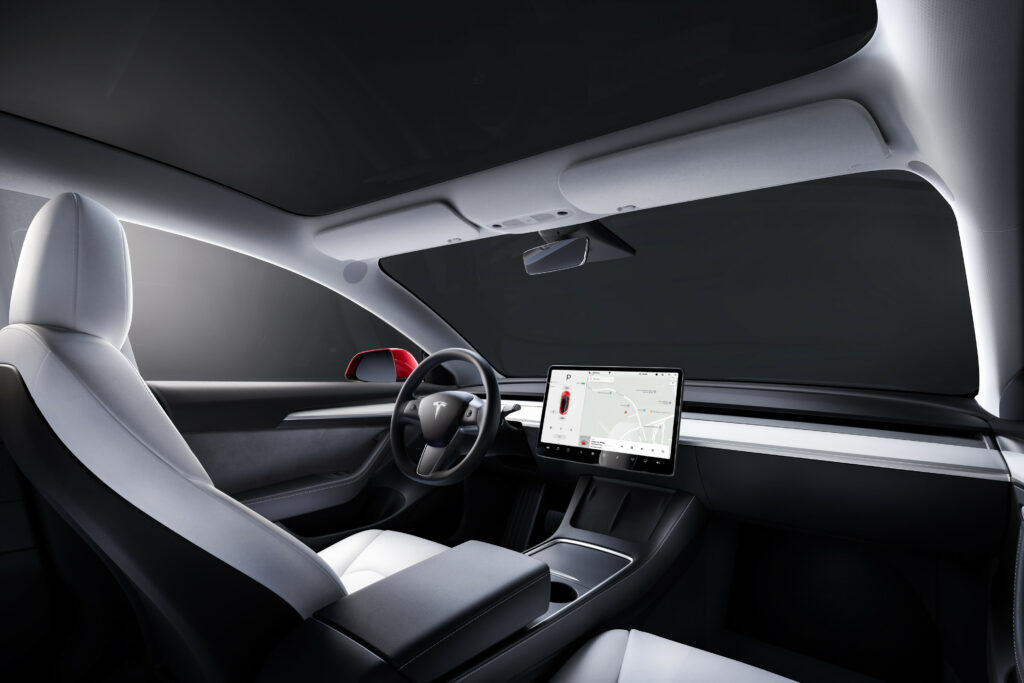
Okay, so if you’re purchasing a Tesla Model 3, you’re looking for longevity.
Unless you’re rolling in riches and can afford to get a new car all the time, you probably won’t be replacing your vehicle on a whim.
So, how long will your Model 3 last before it needs to be replaced?
Well, the car’s drive unit and body are rated to last at least a million miles.
Model 3 drive unit & body is designed like a commercial truck for a million mile life. Current battery modules should last 300k to 500k miles (1500 cycles). Replacing modules (not pack) will only cost $5k to $7k.
— Elon Musk (@elonmusk) April 13, 2019
The battery pack of the Model 3 is a different story, however.
The Standard Range Plus has a battery pack covered by warranty for 8 years of life or 100,000 miles.
The Long Range and Performance both have battery packs covered by warranty for 8 years of life or 120,000 miles.
Read more: Hertz to provide Uber drivers access to 50,000 Tesla EVs
Few Teslas have needed to have their batteries replaced, so the exact pricing for battery replacement is currently unknown.
According to Elon Musk, it costs somewhere between $5,000 and $7,000 for a new battery module. For reference, the Model 3’s battery pack consists of four battery modules.
How much can a Tesla Model 3 tow?
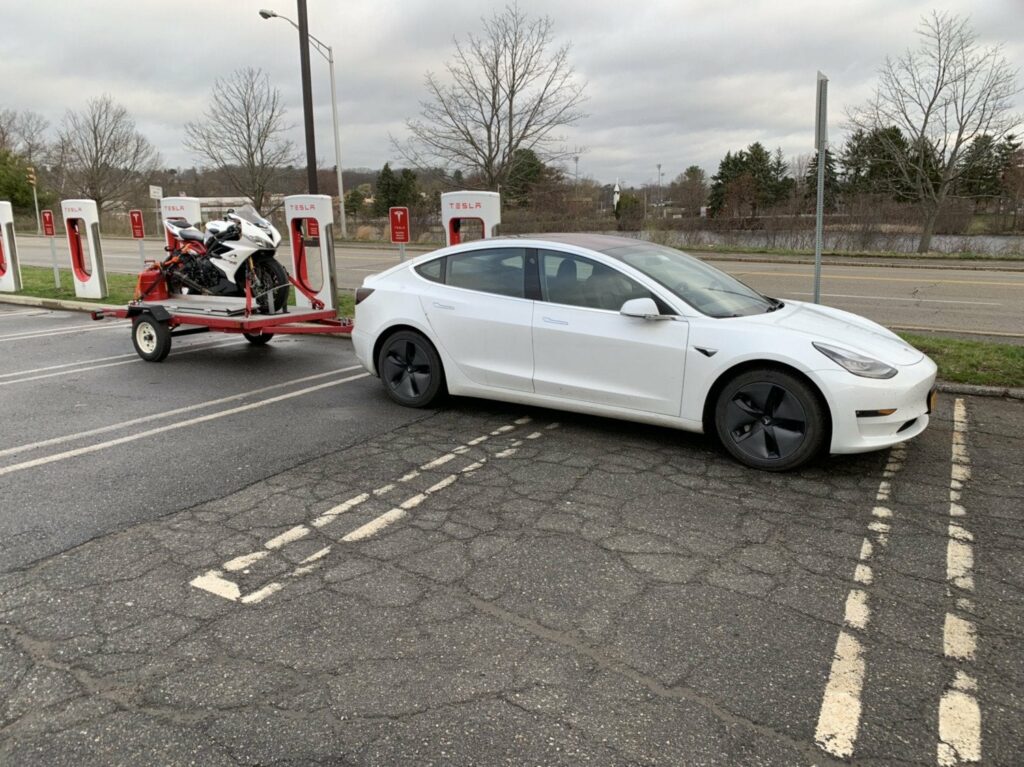
You won’t be buying a Tesla Model 3 primarily for its towing capabilities.
However, the Tesla Model 3 does have a towing capacity of roughly 2,000 pounds.
How does a Tesla Model 3 perform in the snow?
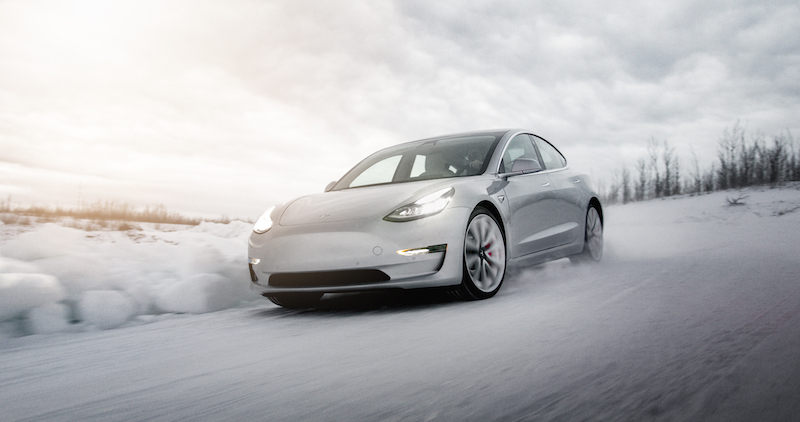
As long as it is equipped with the proper winter tires, the Model 3—both the rear-wheel drive and all-wheel drive variants—will handle the snow just fine.
However, under exceedingly cold weather conditions, the Model 3 will consume more energy and the car’s range will take a hit.
Read more: Hertz invests in record-setting 100,000 Tesla order, launches new campaign with Tom Brady
As with any vehicle, when driving in light or deep snow, you must take extra care. It isn’t like the Model 3 will provide any additional traction simply because it’s an electric vehicle.
You have to be extra careful as well because snow can block some of the car’s exterior sensors.
For additional advice, check out Tesla’s “Winter Driving Tips” page.
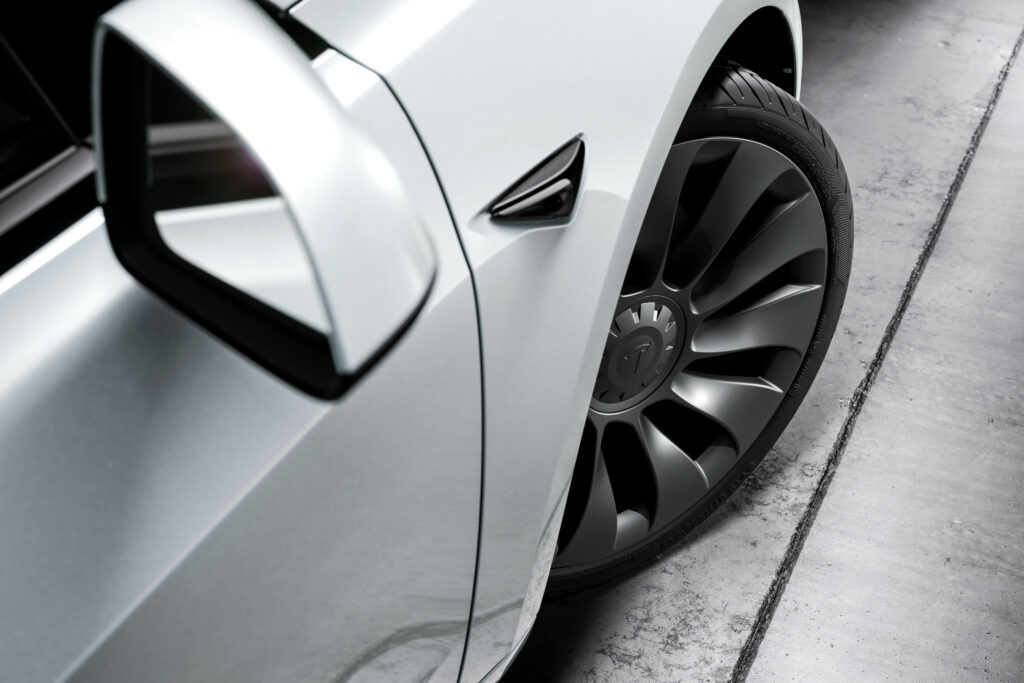
How long does it take to get a Tesla Model 3 delivered?
According to Tesla, “vehicle availability timing varies based on many factors, including production, logistics, and timely completion of your delivery tasks.” Make sure to check availability and delivery times on the Tesla Model 3 page.
These delivery tasks aren’t too complicated.
First off, you place the order for whichever Model 3 version you would like to order.
Read more: Tesla posts new quarterly production and delivery records in Q3 2021
You then create and submit your profile, with all necessary details and documentation.
After this, you will receive your Vehicle Identification Number (VIN).
When your Model 3 is available, Tesla will reach out to you to schedule your “Delivery Day,” or delivery appointment.
You must submit the final payment and all necessary documents via your Tesla Account prior to your Delivery Day.
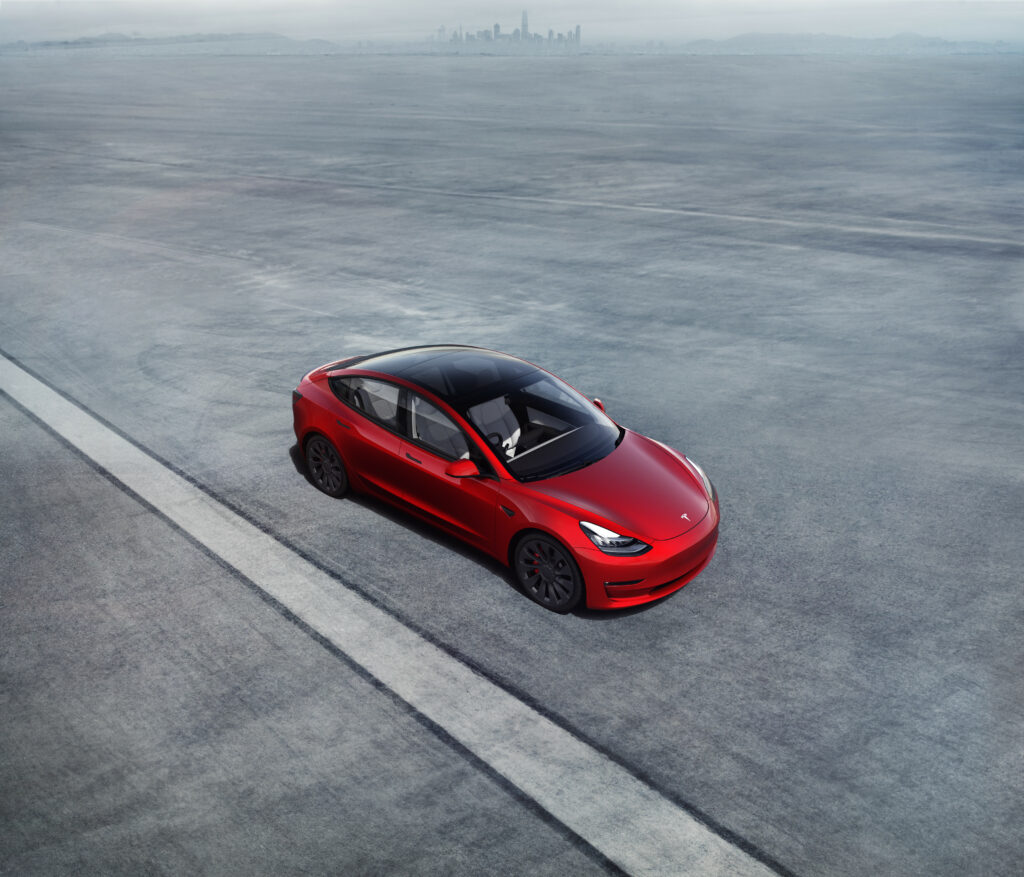
Is it worth it to buy a Tesla Model 3?
There’s a reason the Tesla Model 3 is the best-selling electric vehicle of all time.
In general, there aren’t many cars out there that can match the industry-leading value of a Tesla Model 3. According to many Model 3 owners, the car is so good that you will never want another kind of car.
Read more: Tesla bumps up prices on Model 3 and Model Y in overnight update
If doubt still lingers in your mind, you could always form your own opinion.
The first way to do that would be to schedule a test drive. Tesla offers this on their website.
You could also even rent a Tesla. Hertz recently purchased 100,000 Tesla Model 3s, so, if you know of a Hertz location near you, testing a Model 3 should not be a huge issue.